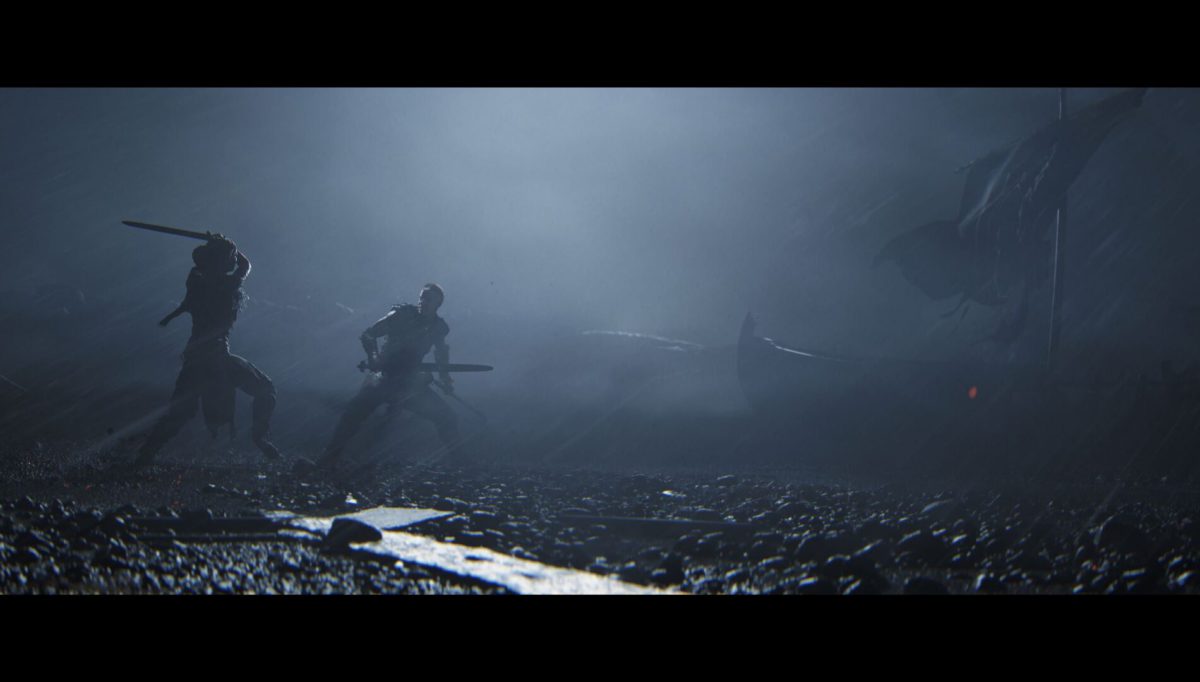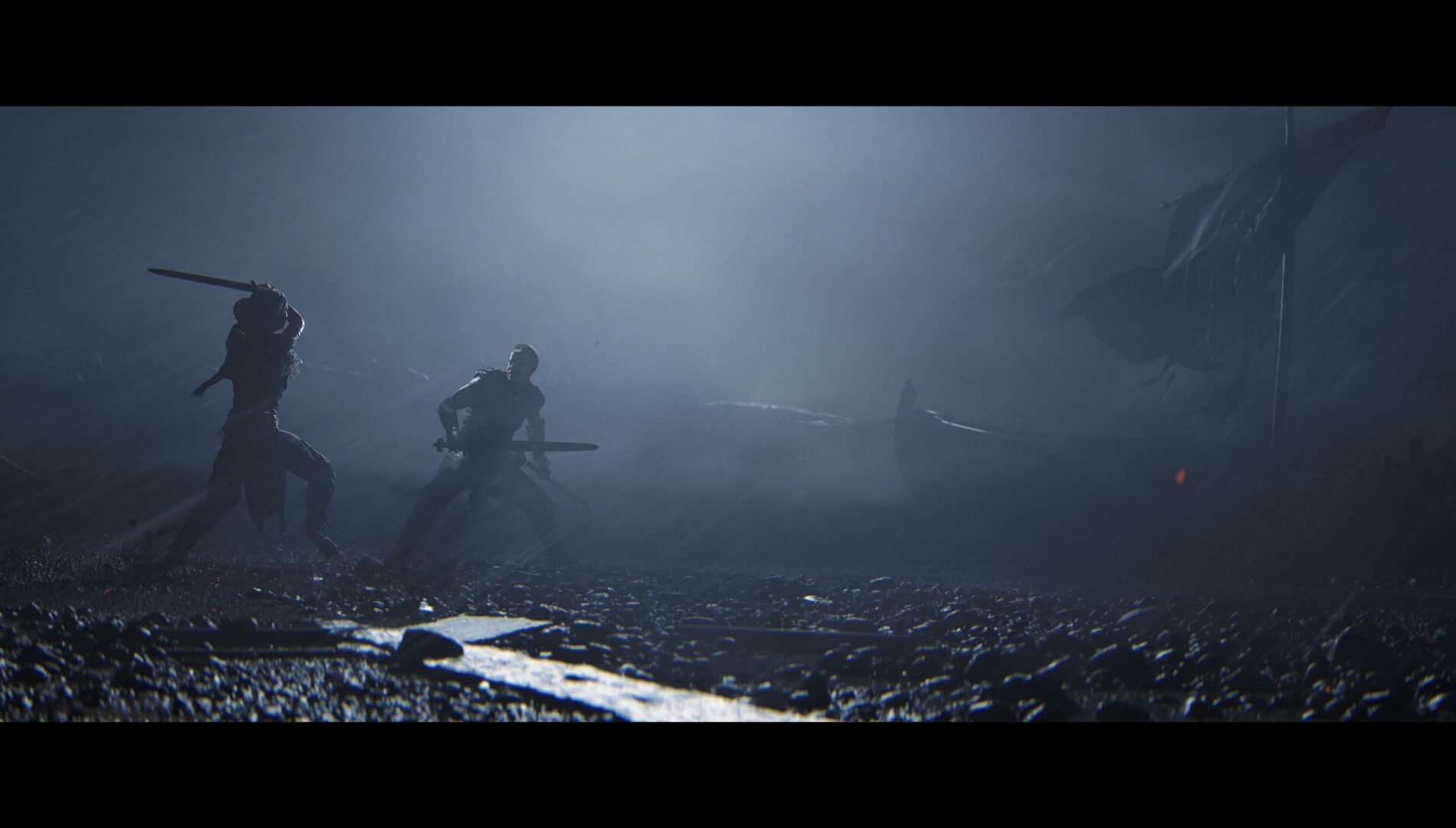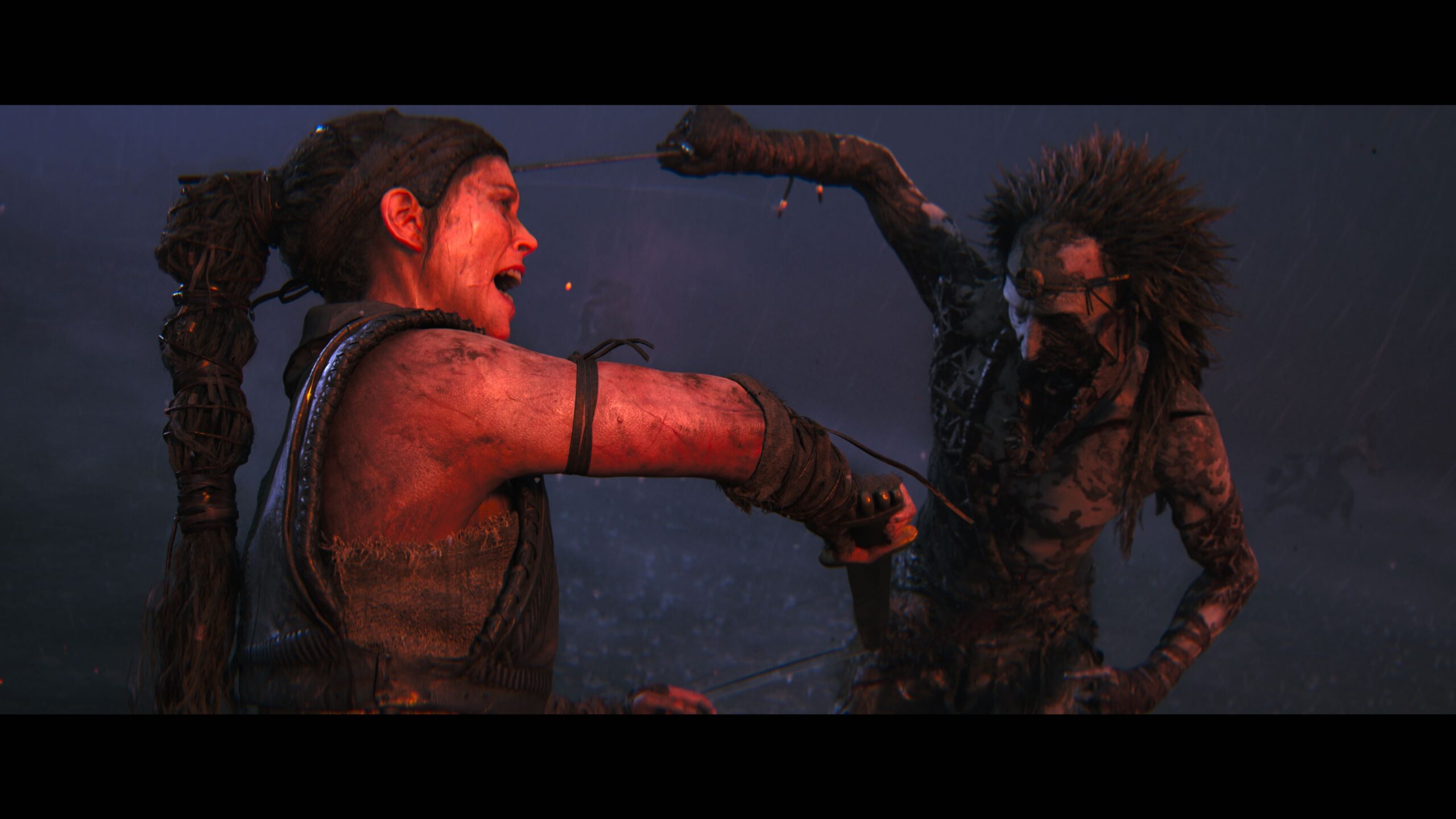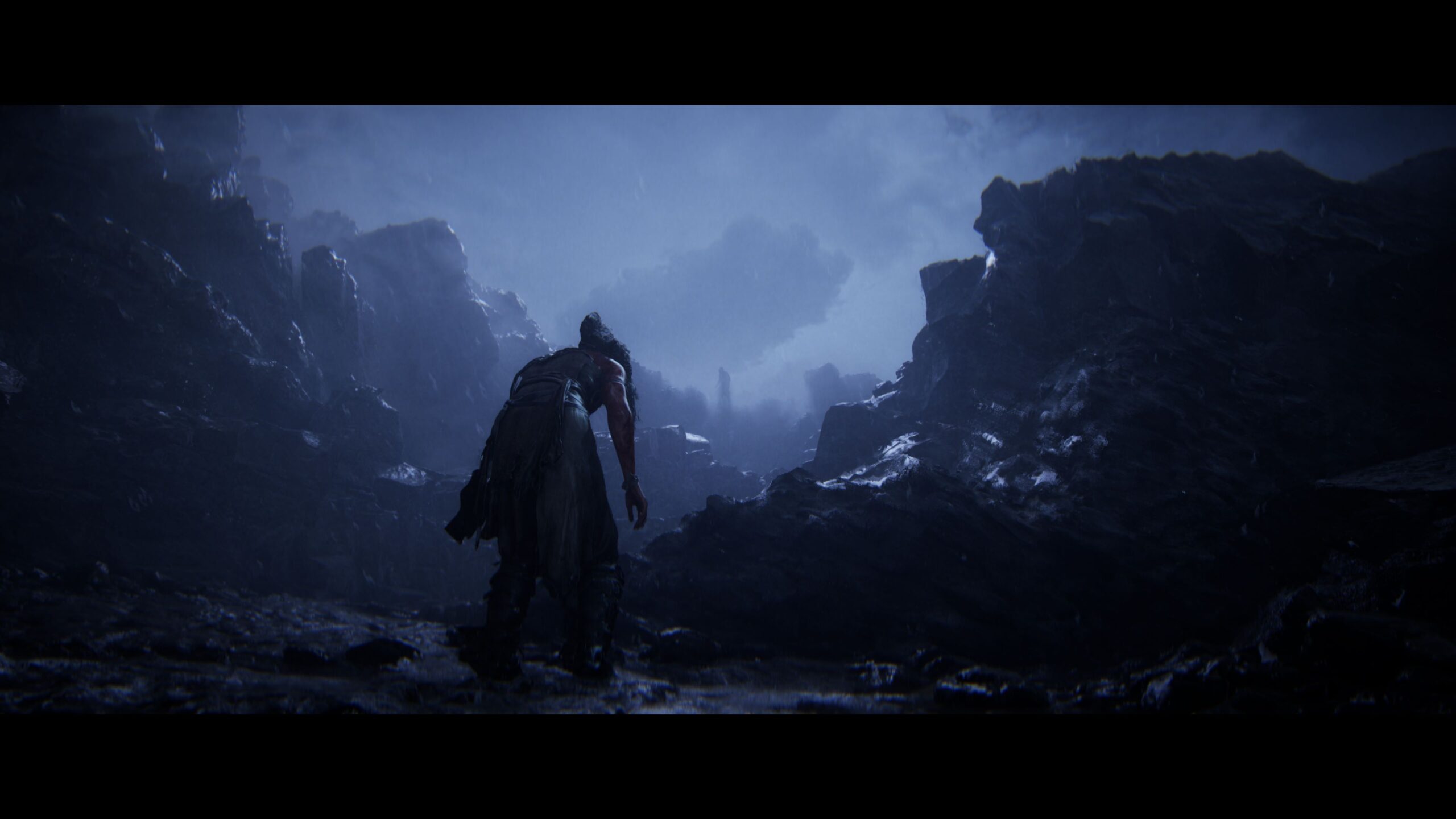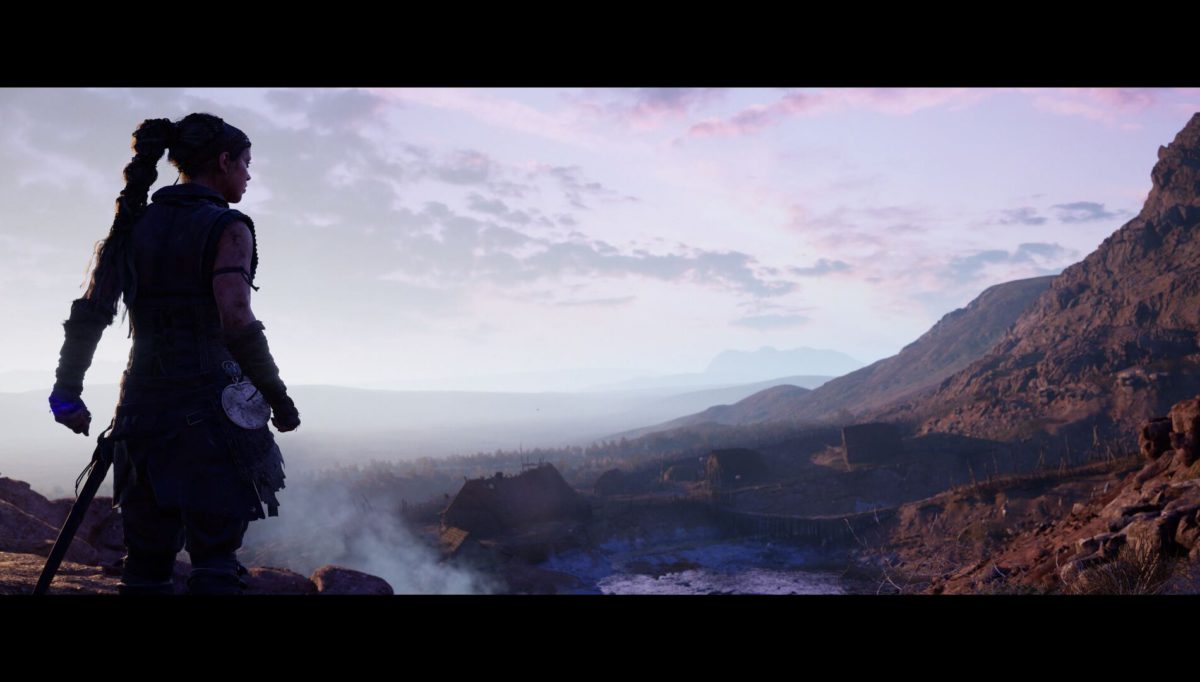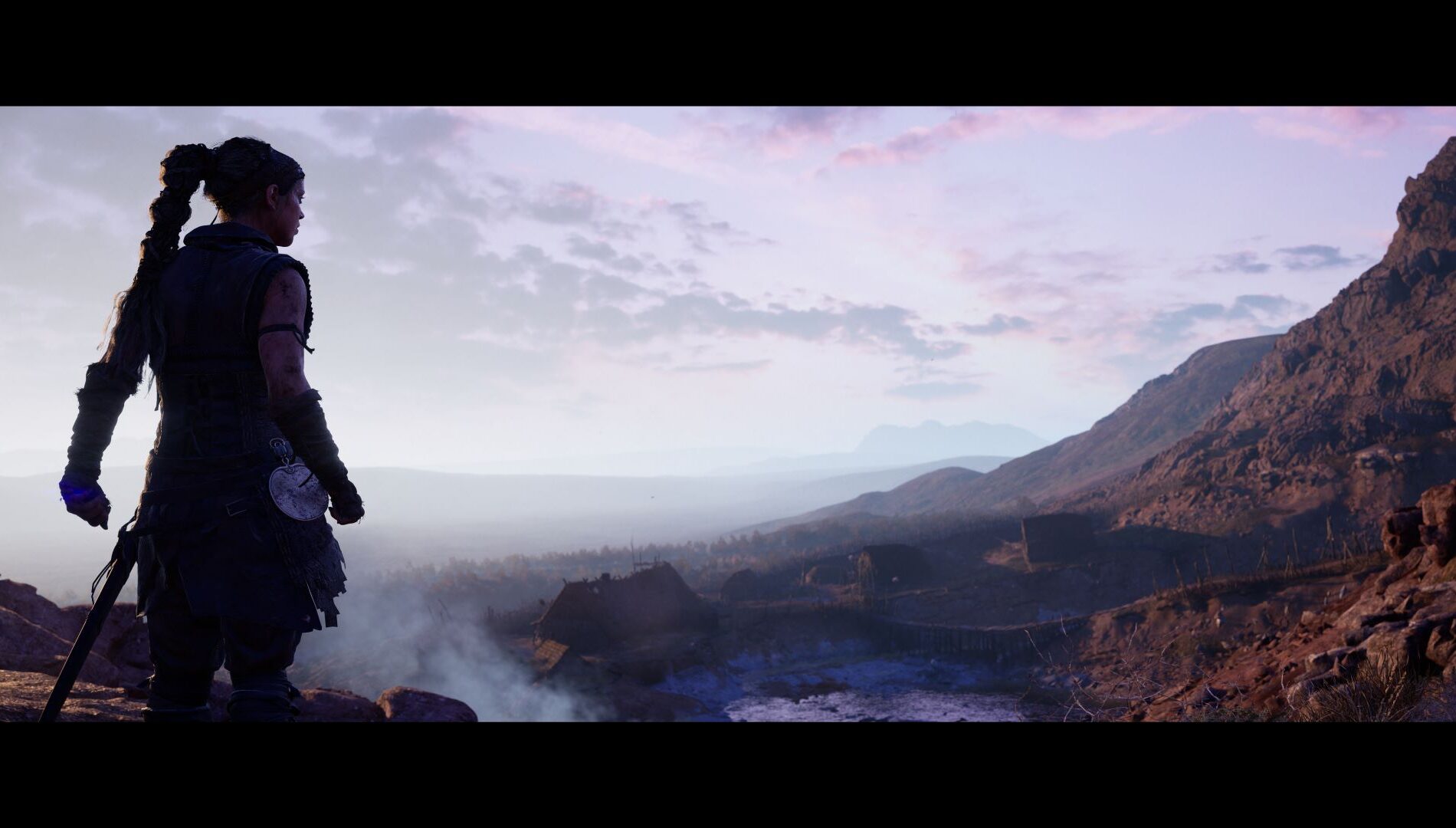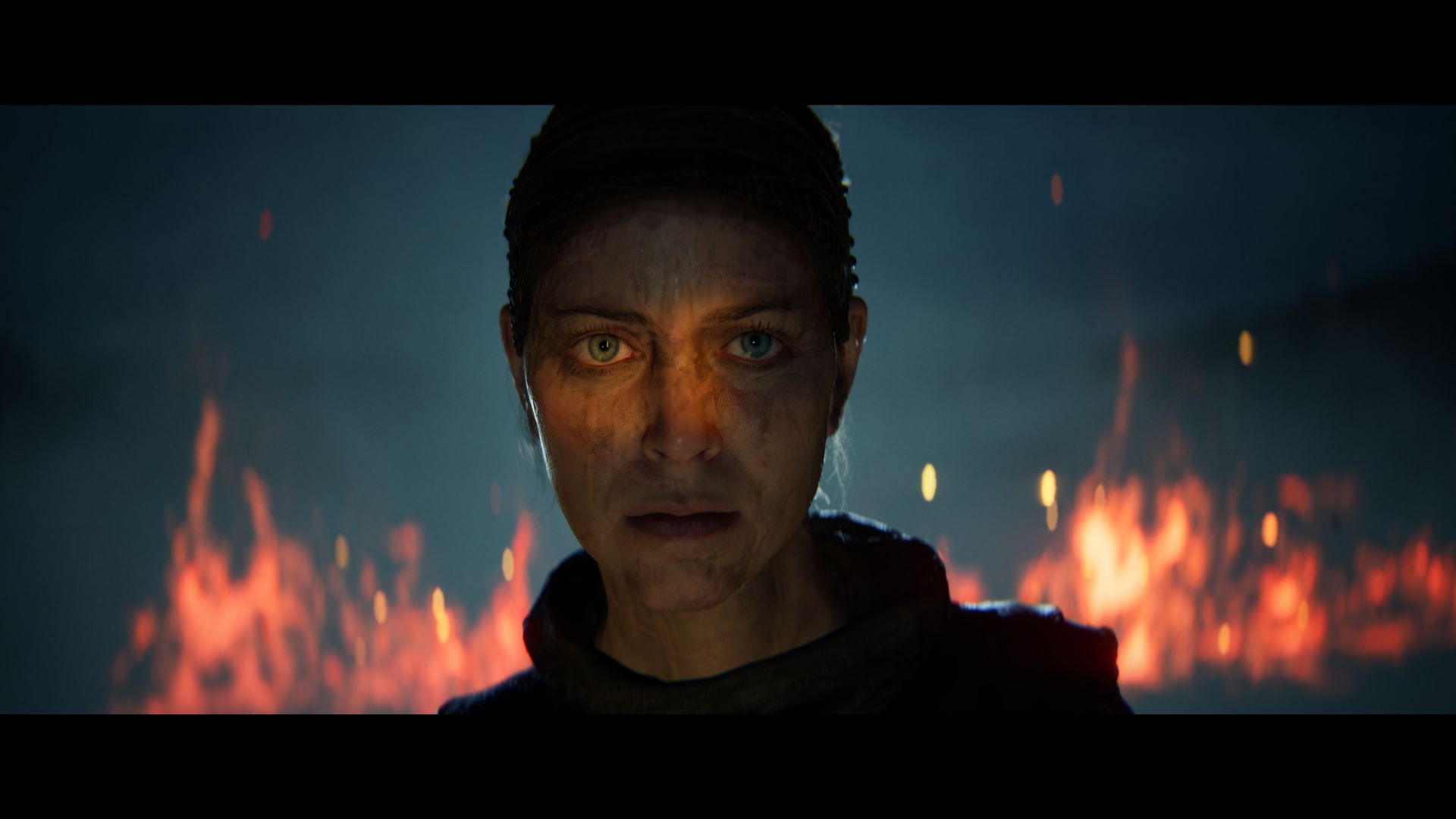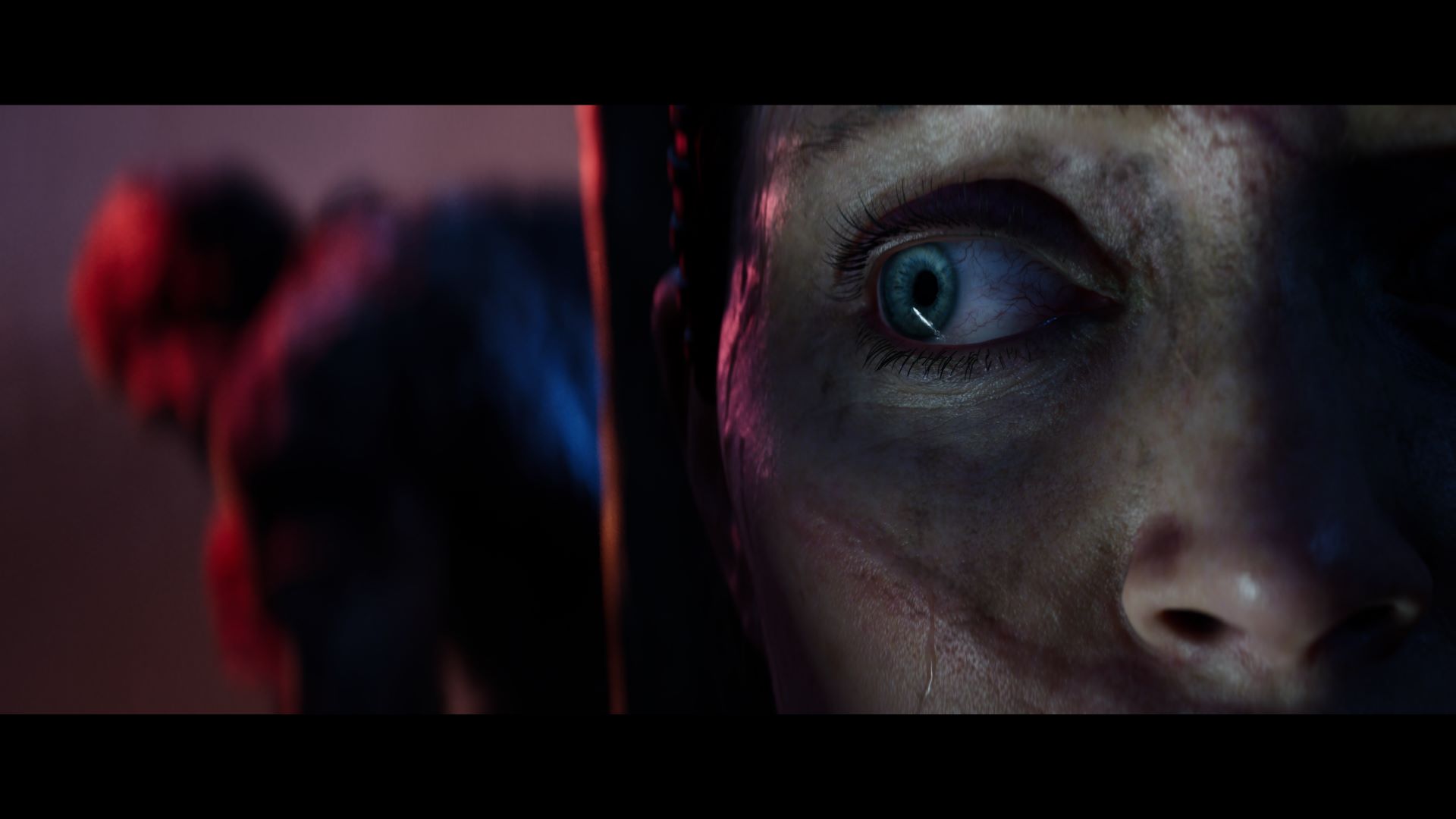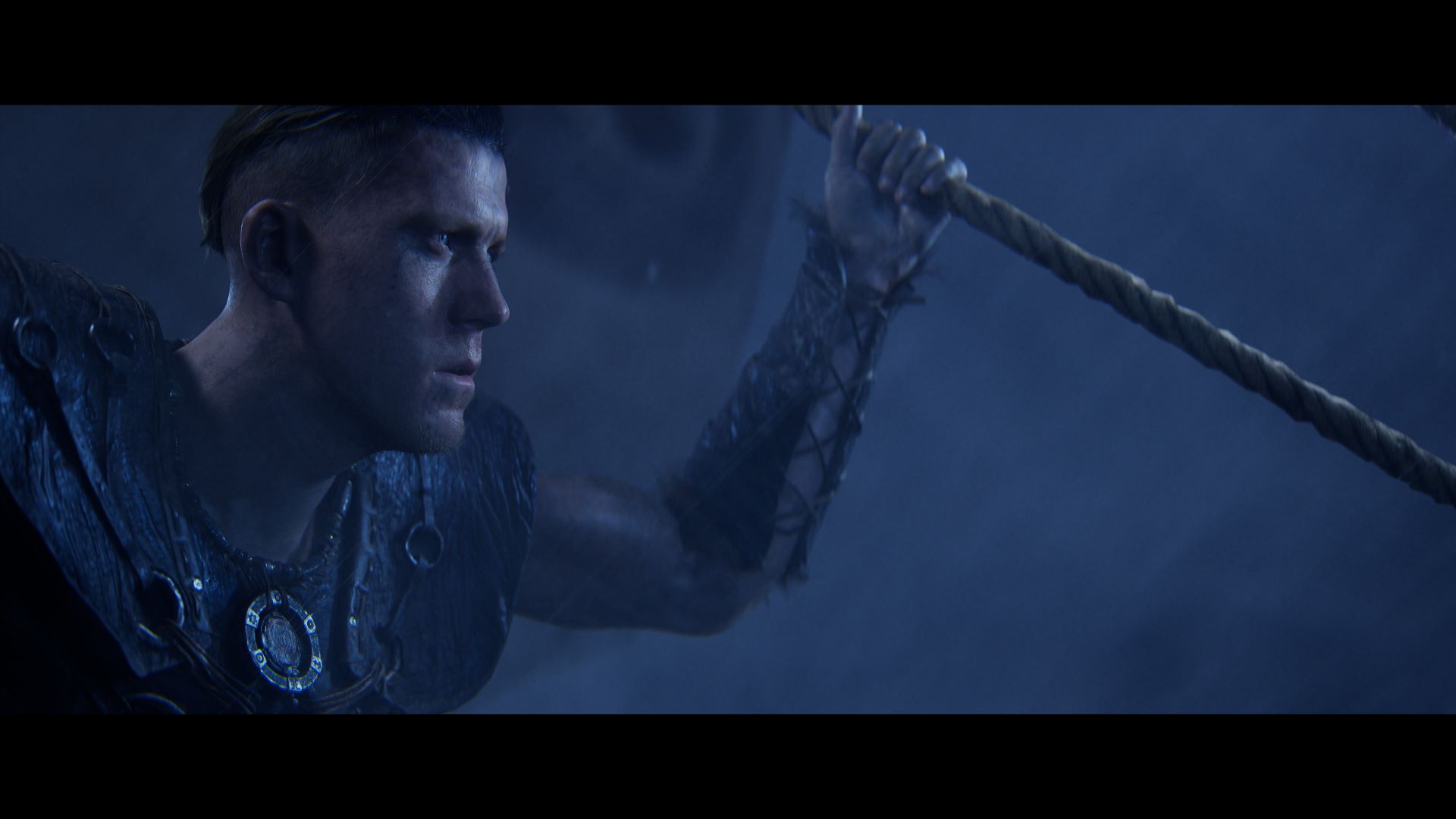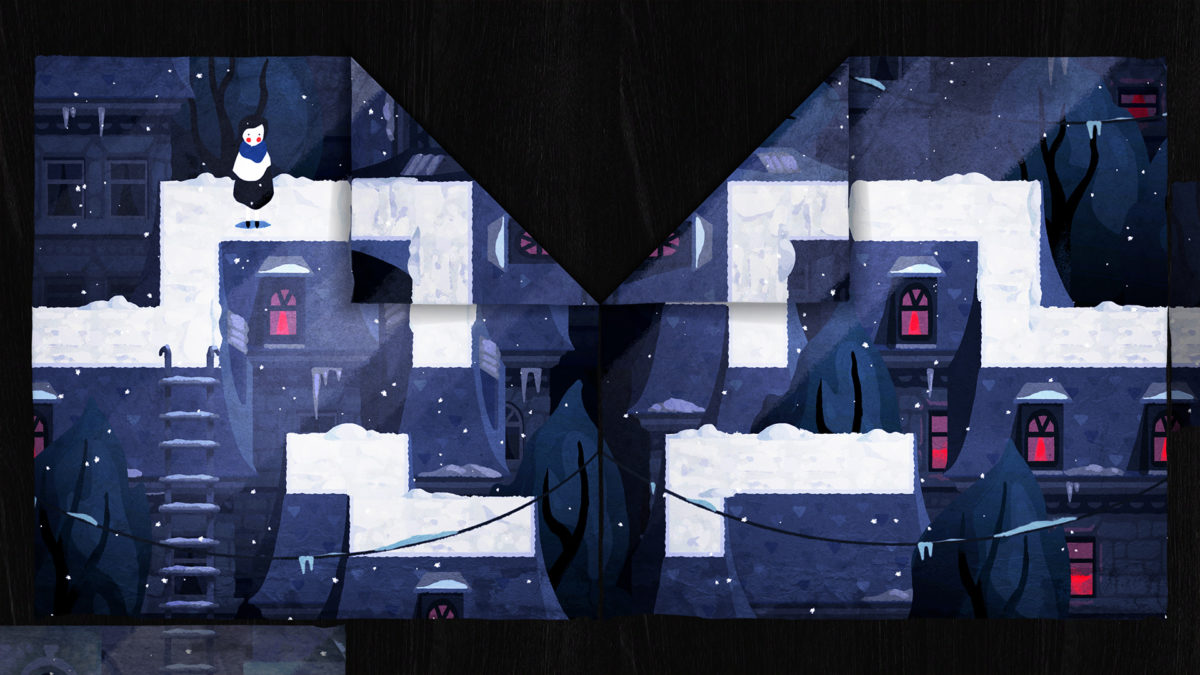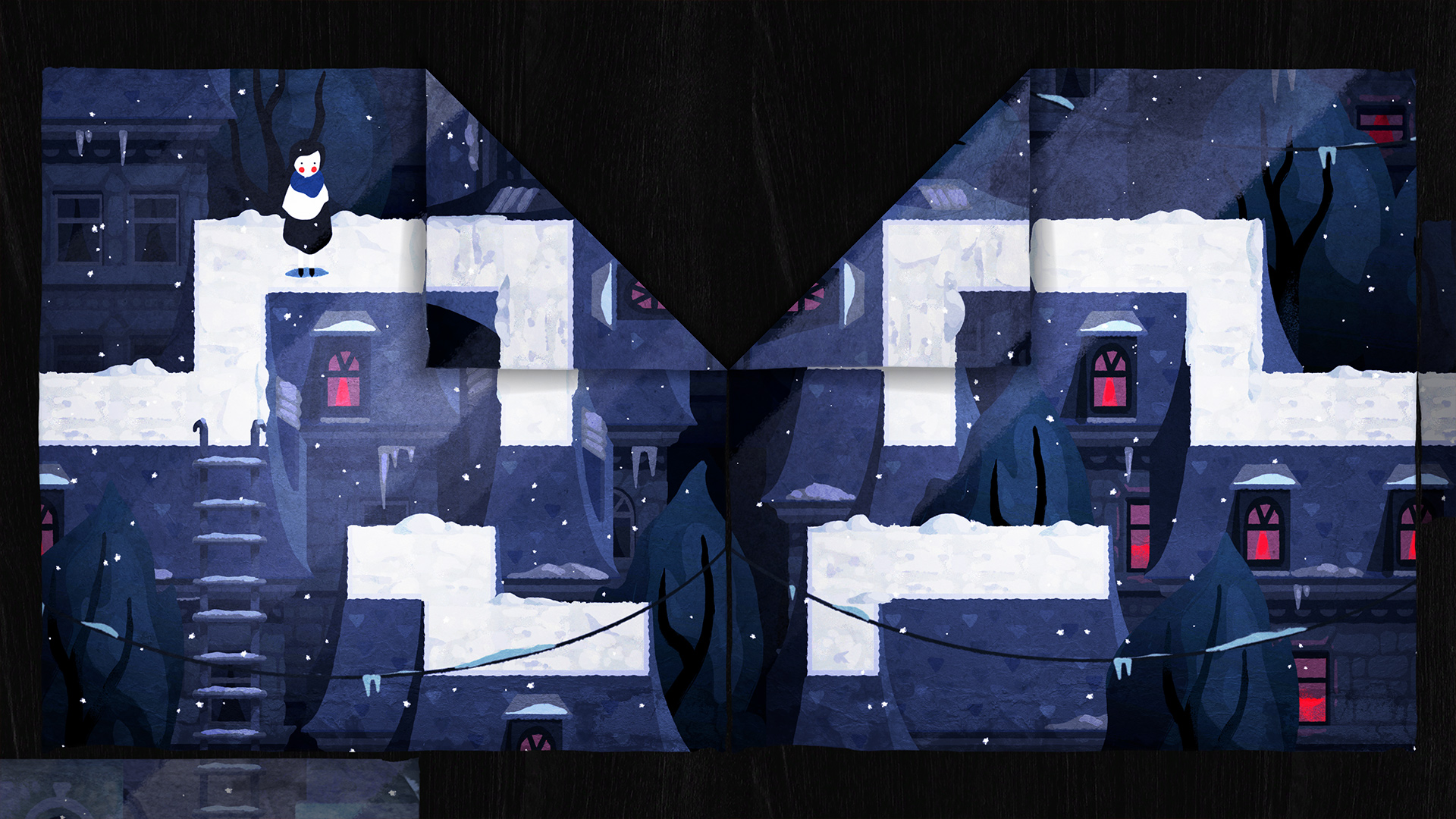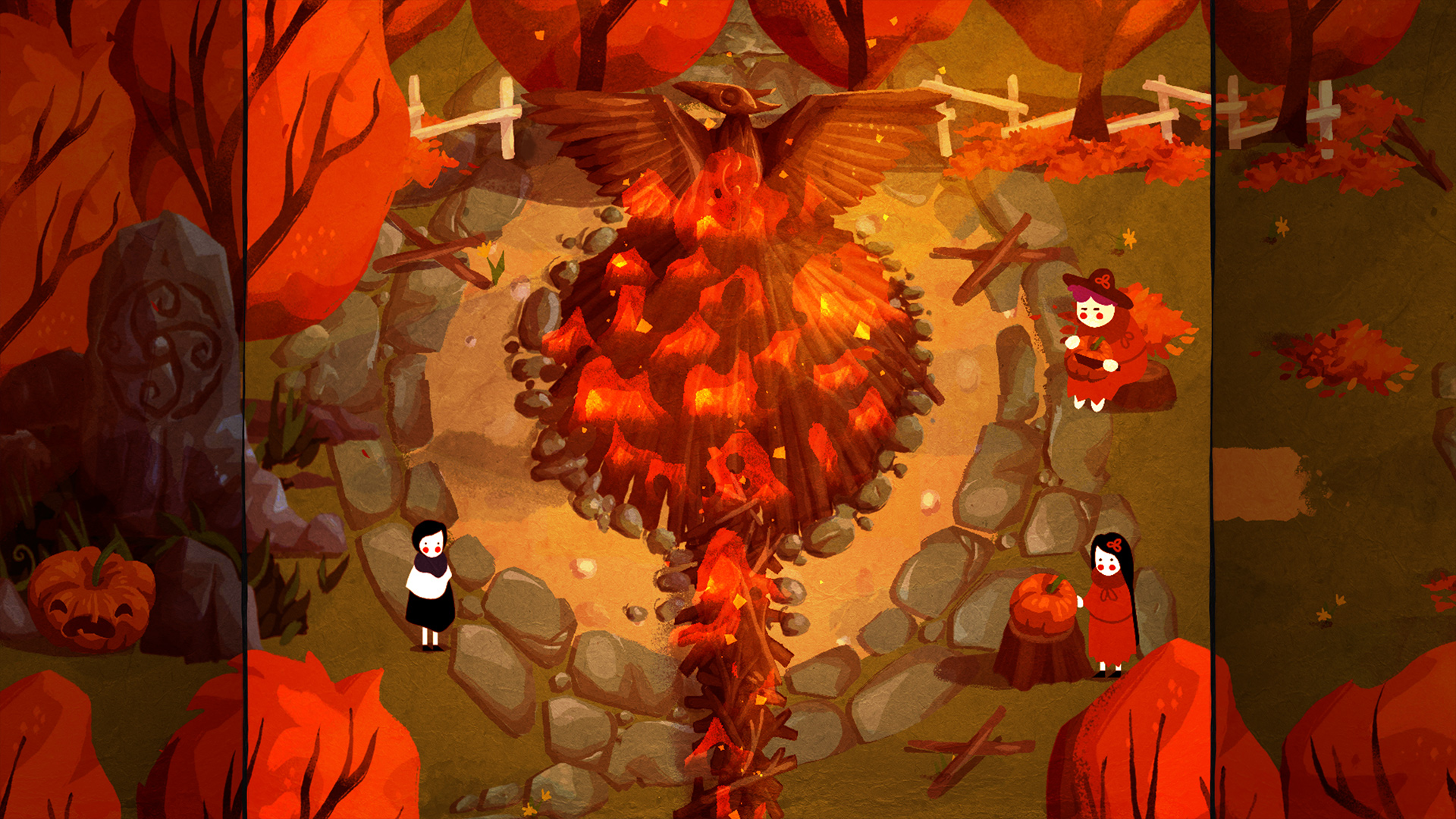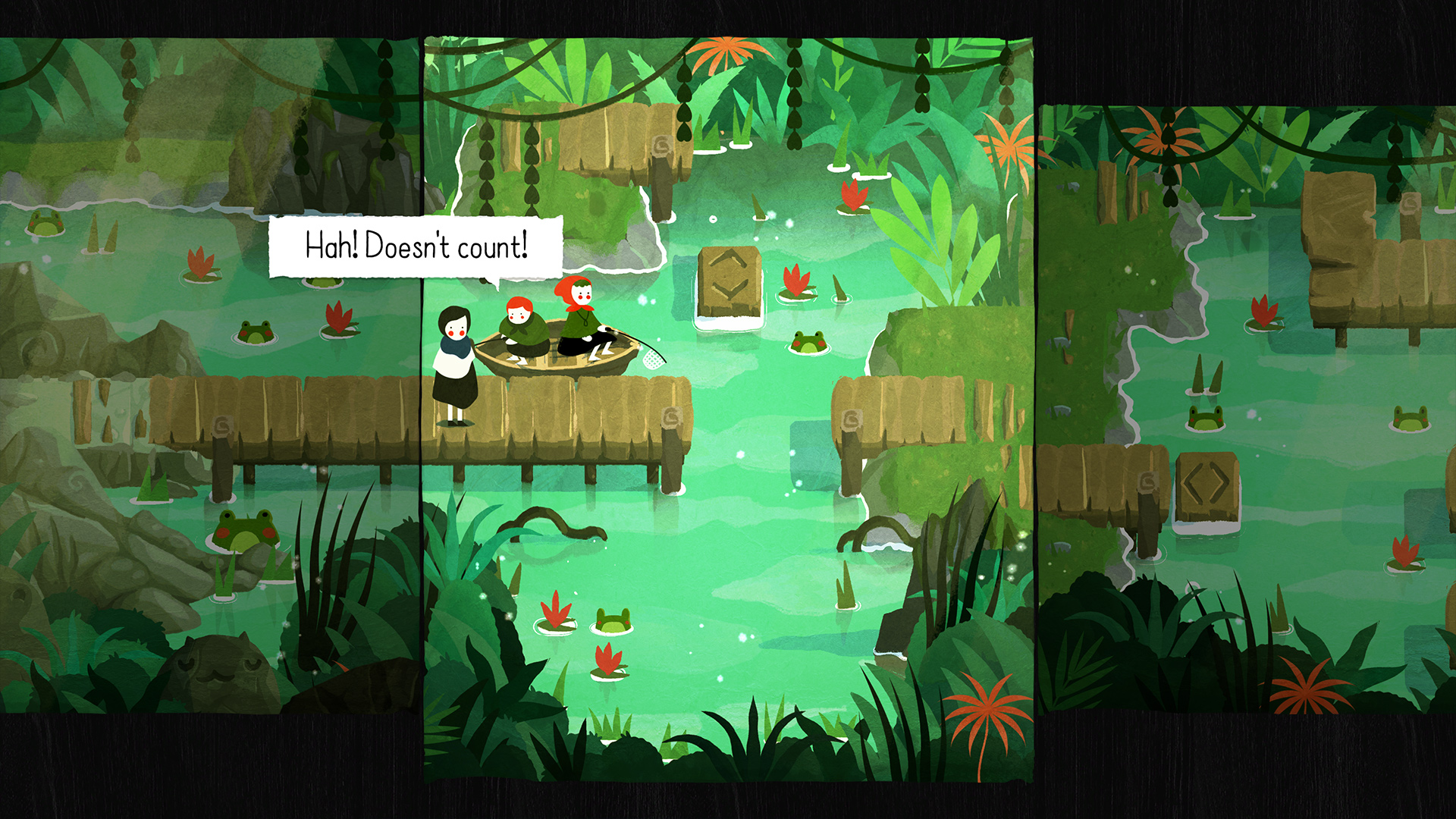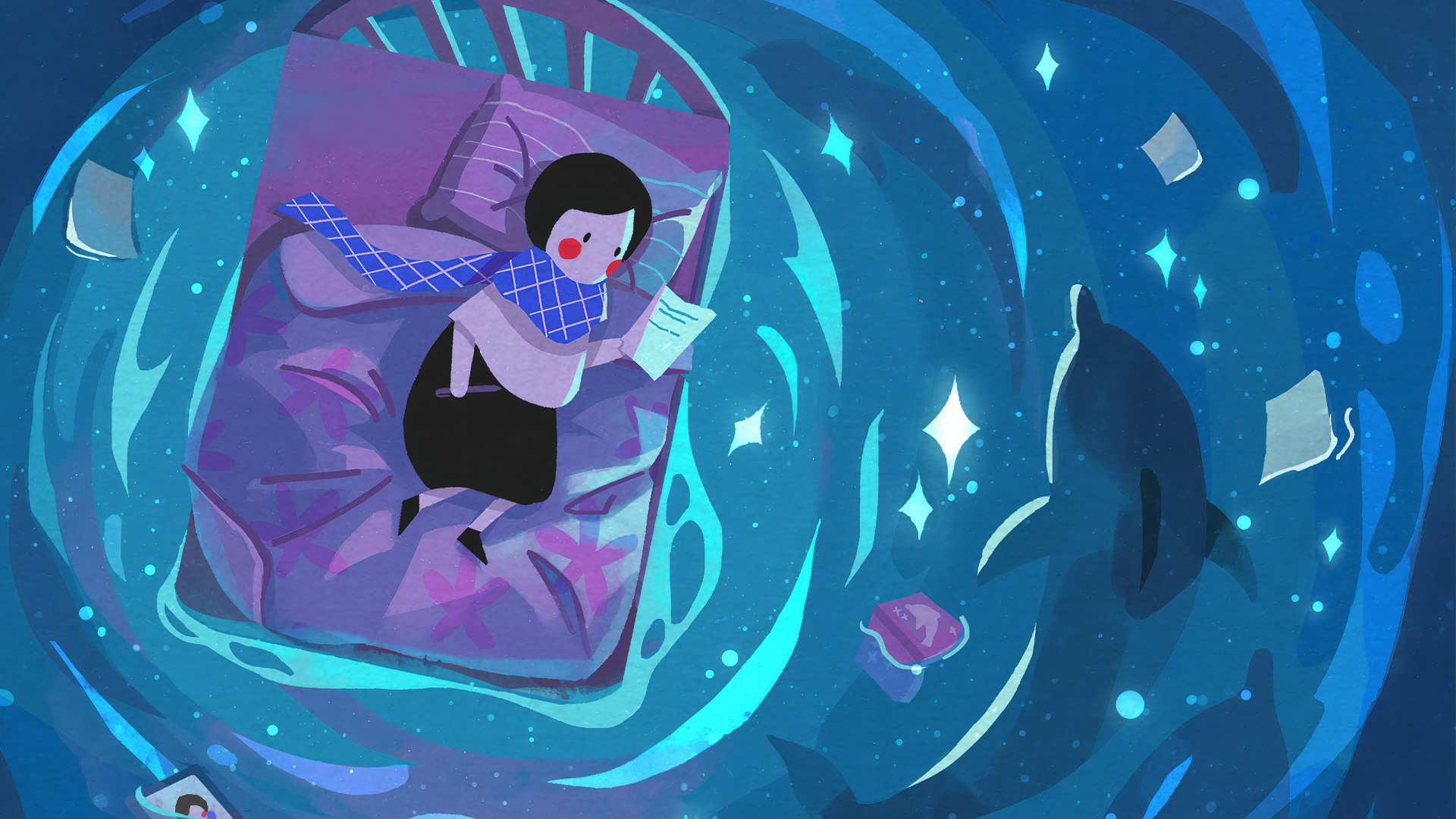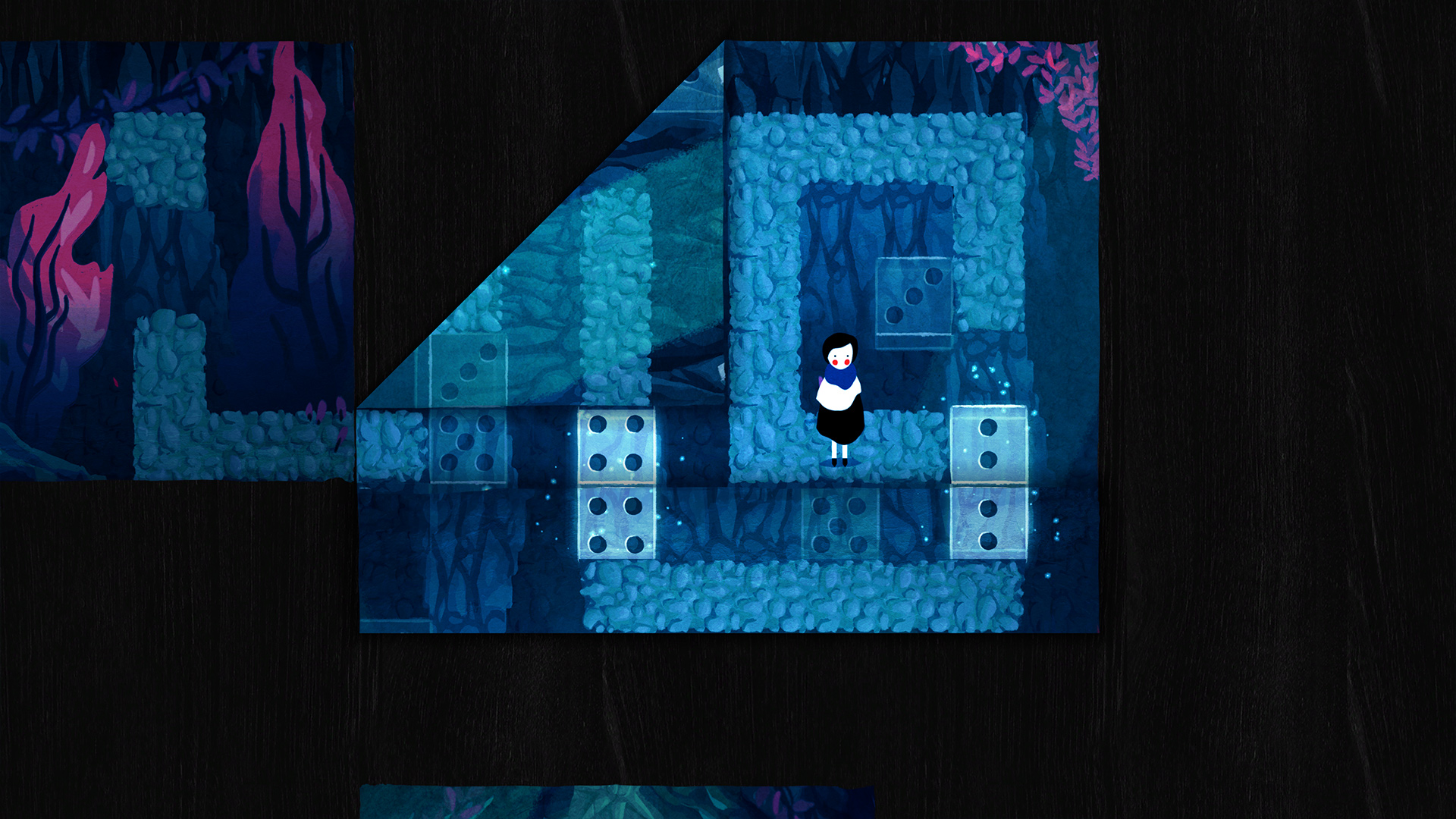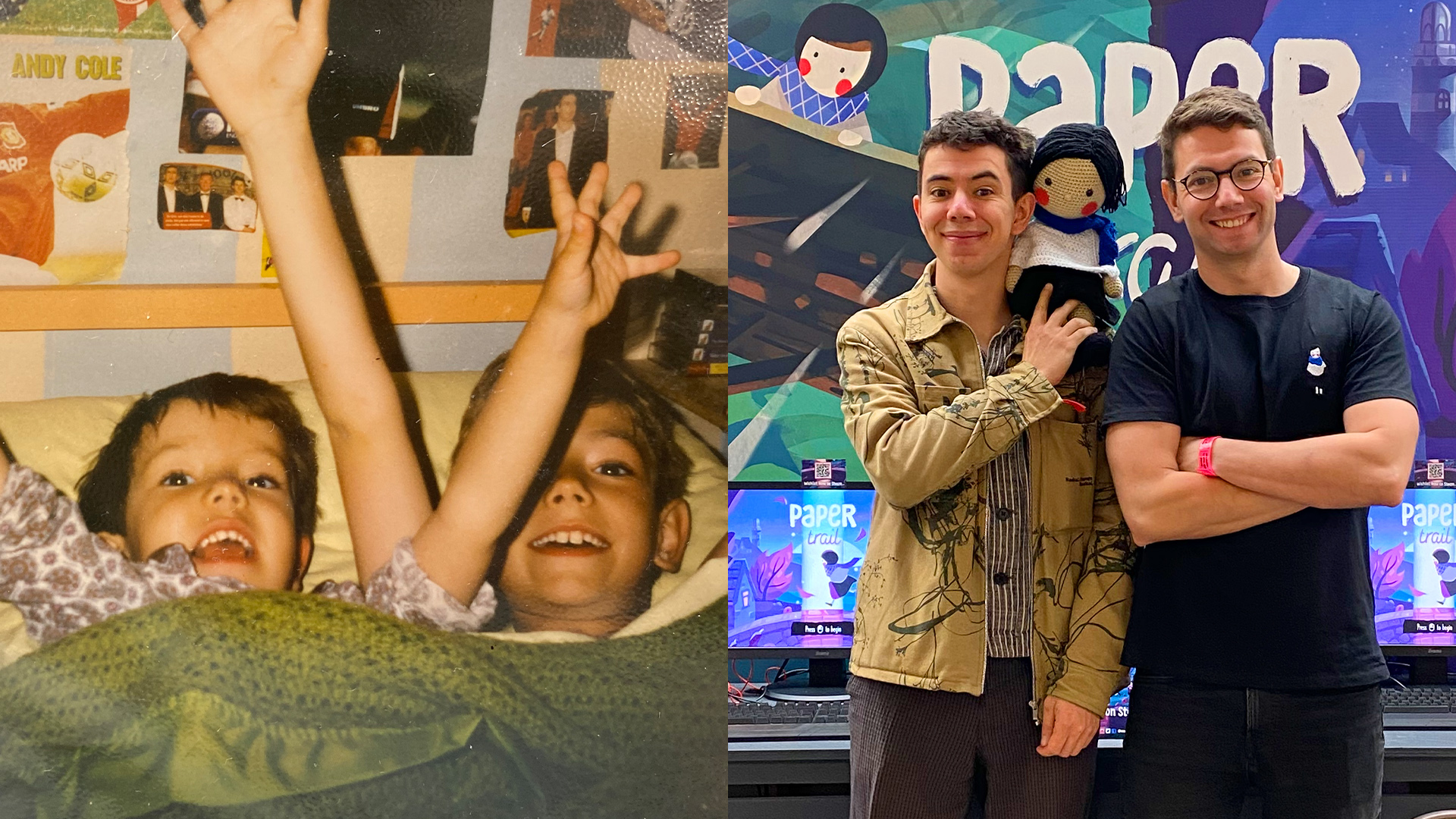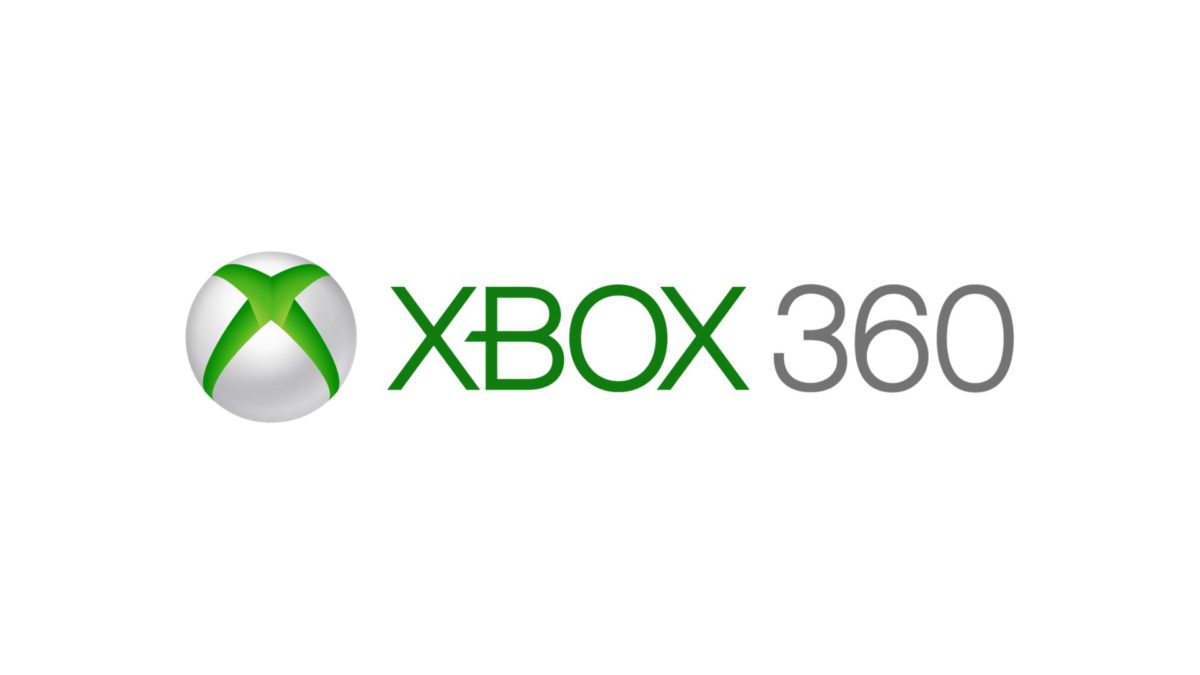- A unique pivot in the Outbreak universe.
- Visual novel features branching paths, 24 endings, and mini-games.
- Bonus rogue-like game Outbreak RPG is designed for replayability.
Greetings Survivors! I’m Julia Wolbach, Co-Founder and Chief Operating Officer of Dead Drop Studios. Today we are launching a two-game pack, Outbreak The Fedora Files: What Lydia Knows, on Xbox Series X|S. This includes our first ever visual novel as well as the rogue-like Outbreak RPG!
Up until now, you may know the Outbreak series for its survival horror gameplay. We love daring players to carefully manage their resources, explore, and conquer unspeakable monsters by the skin of their teeth. This sort of tense gameplay is one way to experience the compelling world of horror, but for this project, I wanted to do something very different.
The horror genre is about more than fun scares and over-the-top gore; character-driven drama drives a compelling story that sticks with players long after it’s over. This switch to the visual novel format allowed me to meaningfully expand on the characters and the universe that we’ve created in a way we simply can’t in a traditional survival horror game. As a woman, I’m also excited to have written our main character as an empowered female lead; instead of serving as a damsel in distress or a mere plot point, Lydia is a passionate heroine with a strong sense of justice and a “can do” ’attitude. She is the type of character that I myself would like to see more of in video games!
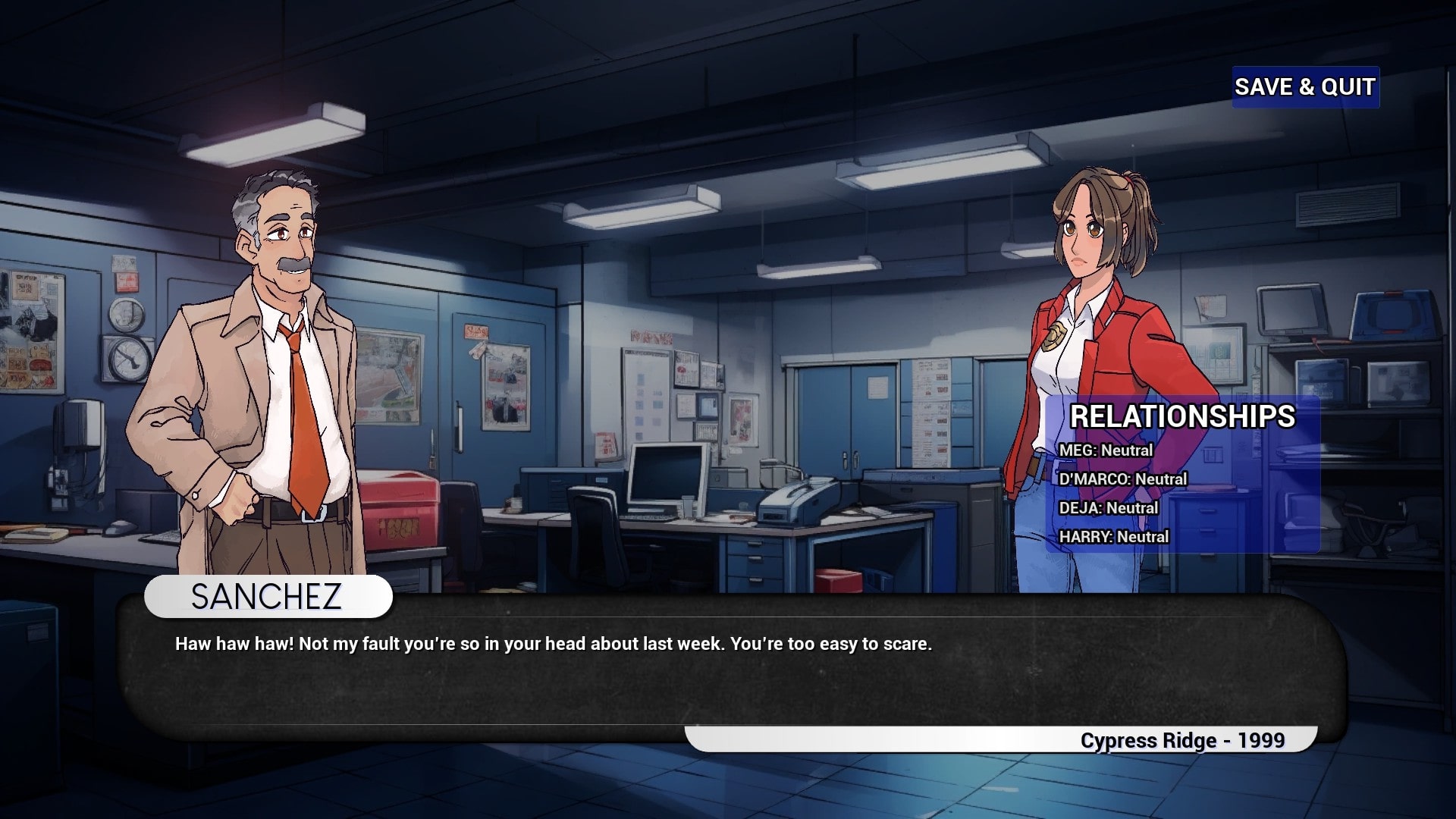
An Average day on the Job Becomes Far Deadlier than Lydia Bargained for.
The primary draw of What Lydia Knows is its deep and interactive story. In this canon prequel to the upcoming Outbreak: Shades of Horror, Detective Lydia Daniels is desperately trying to solve the mystery behind her partner’s disappearance. There are so many paths the story can take; not only are there a whopping 24 endings to discover, but there are also constant choices to make and mini-games to complete along the way. This isn’t simply like reading a book or watching a movie; our visual novel takes full advantage of the interactivity of video games to put you and your personality in the driver’s seat. Even the order that you choose to prioritize different parts of your investigation will affect the outcome.
Throughout the journey, you’ll meet a diverse cast of shady characters who may either lend a hand or put a wrench in Lydia’s plans. Depending on how you treat these characters and the route you take, aspects of the story will change and lead you to a different destiny. As such, Lydia’s fate is in your hands; if you make the wrong choice, her life may come to an early and tragic end! Completionists will want to replay the game to discover each and every possible epilogue.
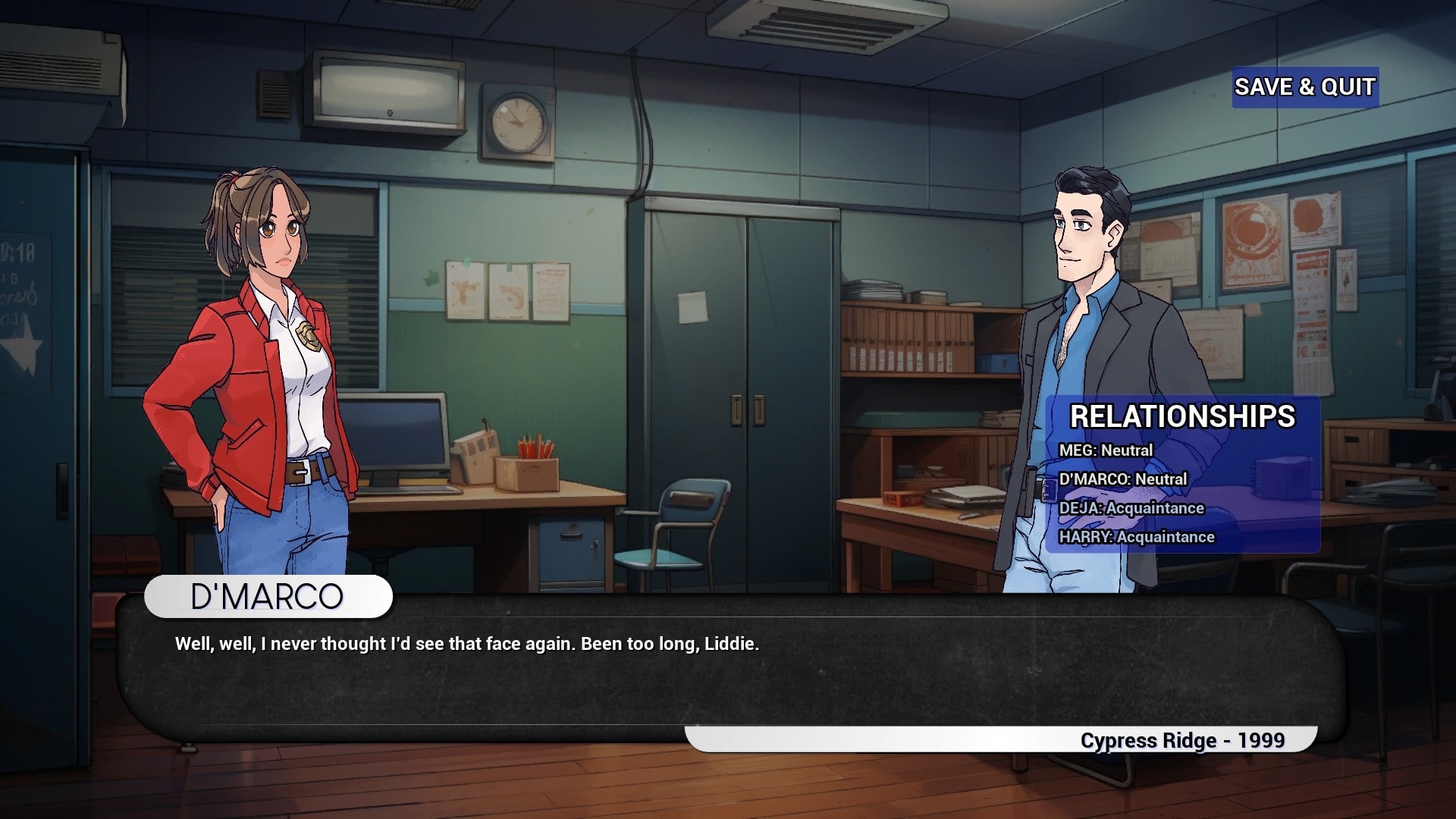
One Fateful Night, Cypress Ridge Experiences a Nearly Endless Nightmare.
On the other side of the coin, Outbreak RPG represents yet another way we’ve challenged ourselves to do something different with the Outbreak series. This is a rogue-like, turn-based adventure where survival is far from guaranteed. While most of our games explore survival horror gameplay from an action-oriented perspective, Outbreak RPG instead approaches this from a slower-paced, cerebral point-of-view.
The premise is simple; embark on a quest to evacuate survivors out of Cypress Ridge as the city has fallen to a zombie apocalypse. In this game, though, you need to manage a four-character party, complete with character-specific strengths and weaknesses, to take out deadly foes strategically. Do you attack with Lydia’s handgun for a higher chance of critically injuring monsters, or do you use Hank’s shotgun to hurt multiple ghouls with a single blast? Do you spend a turn to search for supplies or heal, or do you attempt to run away from an encounter entirely? Is it best to use a precious grenade when you’re out of ammo, or should you try to whittle down your opponent with a melee attack? These are the types of questions you’ll constantly need to answer correctly if you’re going to emerge from the city victorious.
In between random battles, you will stumble into events that may aid you in your fight or even deal damage to your party. The timing of your choices in and out of combat will also impact your initiative, which affects your luck. As you rescue each Survivor scattered throughout Cypress Ridge, you’ll receive perks ranging from increased health to powered-up weapons. Once you find all ten civilians, endure a final boss encounter and victory is yours! No play-through of Outbreak RPG is the same, however, and with four difficulty settings, you can re-enter the hellscape for a fresh challenge.
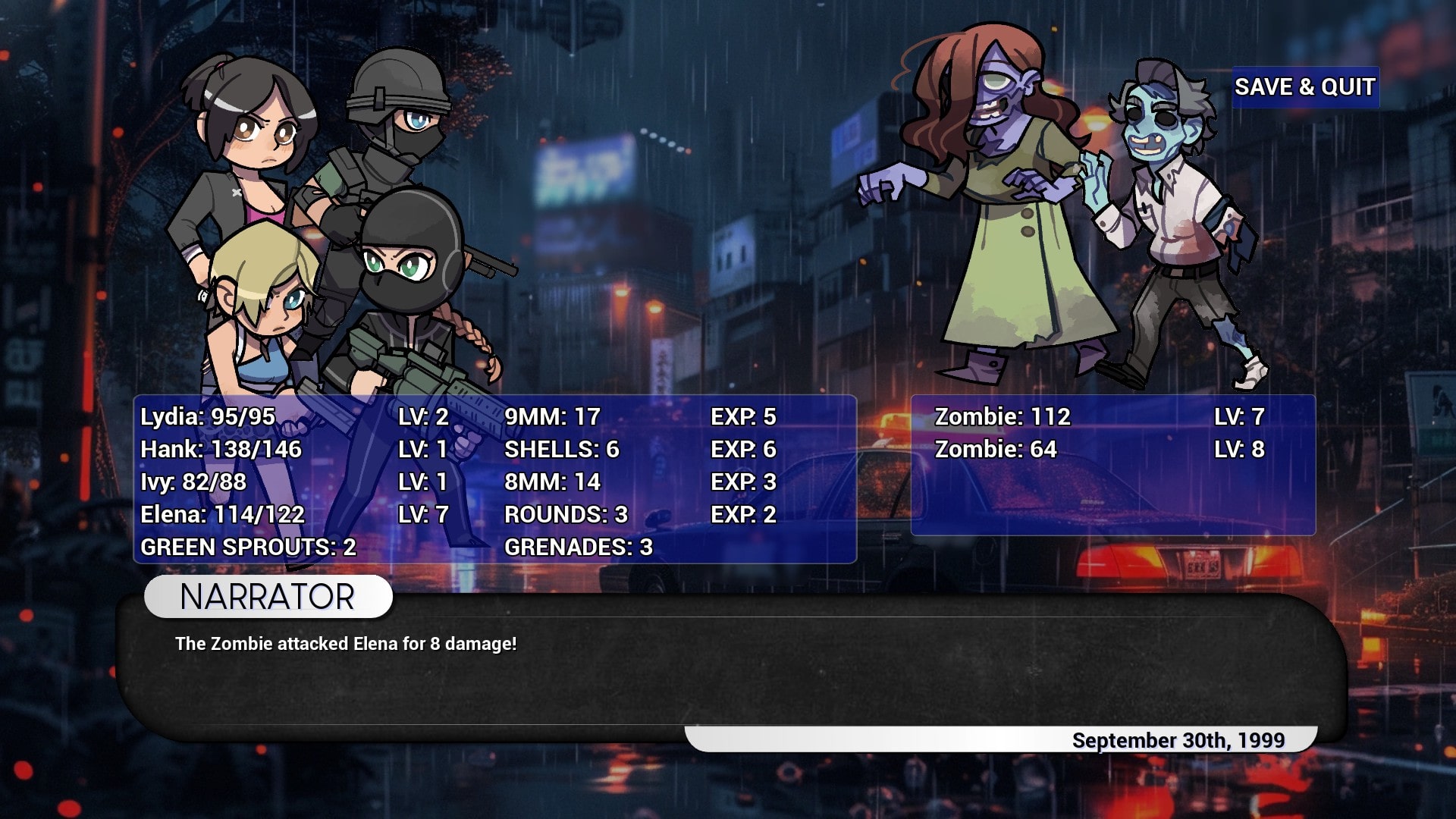
Hungry Players and Zombies Alike Can Chow Down on a Feast of Fun Extras
Aside from the two distinct games included in What Lydia Knows, players can enjoy a variety of extra features! Use the Scene Studio to make and save your own custom scenes using characters and locations you encounter during Lydia’s adventure. Unlock music from across the Outbreak series (including our smash hit Railbreak) and behind-the-scenes concept art as you discover more endings. Once you finish the visual novel, you can even enjoy a preview of the next episode. No matter where you look, What Lydia Knows has so much to see and explore!
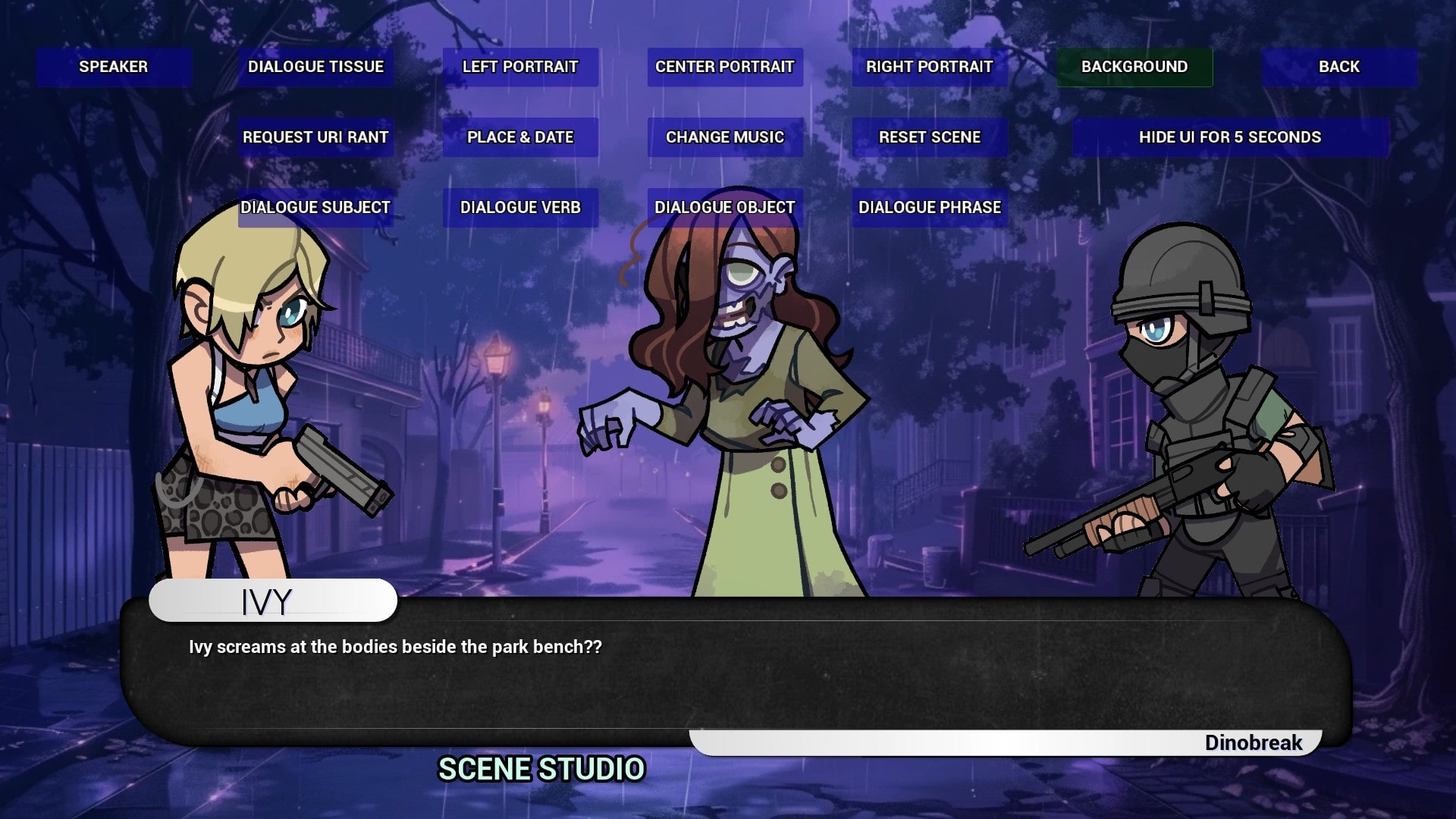
Think You’re Fit for the Task, Detective?
Explore a seedy city teeming with the undead when Outbreak The Fedora Files: What Lydia Knows launches for Xbox Series X|S on May 17. Pre-orders begin on May 10th with a 20% discount available for pre-orders and the launch window. Do you have what it takes to solve Cypress Ridge’s latest mystery?

Outbreak The Fedora Files What Lydia Knows
Dead Drop Studios LLC
$19.99
$15.99
This two punch, two game pack based in the Outbreak Universe, explore the before and after of the Outbreak with new eyes.
FEDORA Files: What Lydia Knows
In our first file of “The FEDORA Files” three part limited series: What Lydia Knows, play as intrepid detective Lydia Daniels as she tries to discover the mystery behind her partner’s disappearance. Search for clues, probe allies and enemies, and solve the mystery of the Jackson Street Sewers in this installment that acts a prequel to Outbreak: Shades of Horror.
Features
– Narrative rich visual novel with a deep and engrossing storyline.
– Multiple paths and endings to unlock where your choices matter.
– Meet, befriend, or alienate a wide cast of characters where your relationships matter.
– Solve devious puzzles and navigate crazy minigames as you hunt for the truth.
Outbreak RPG
In the aftermath of the Outbreak, play a group of survivors out to rescue their compatriots in Outbreak RPG! A Semi procedurally generated rogue-like RPG, every boot up is a new adventure. Rescued survivors will bring new skills and challenges with them.
Can you survive the Outbreak?!
Features:
– Semi procedurally generated rogue-like RPG
– Lead your party of four survivors through the apocalypse in turn-based combat
– Search for supplies to keep yourself armed and healthy
– Rescue a wide group of survivors, each of which joins your team with unique upgrades and abilities
– Challenging escalating enemy encounters as the city becomes further overrun with the undead
Hilarious and ridiculous dialogue in this non-canon adventure
The post What Lydia Knows, a Deep Visual Novel and RPG Double-Game Pack, Arrives on Xbox appeared first on Xbox Wire.

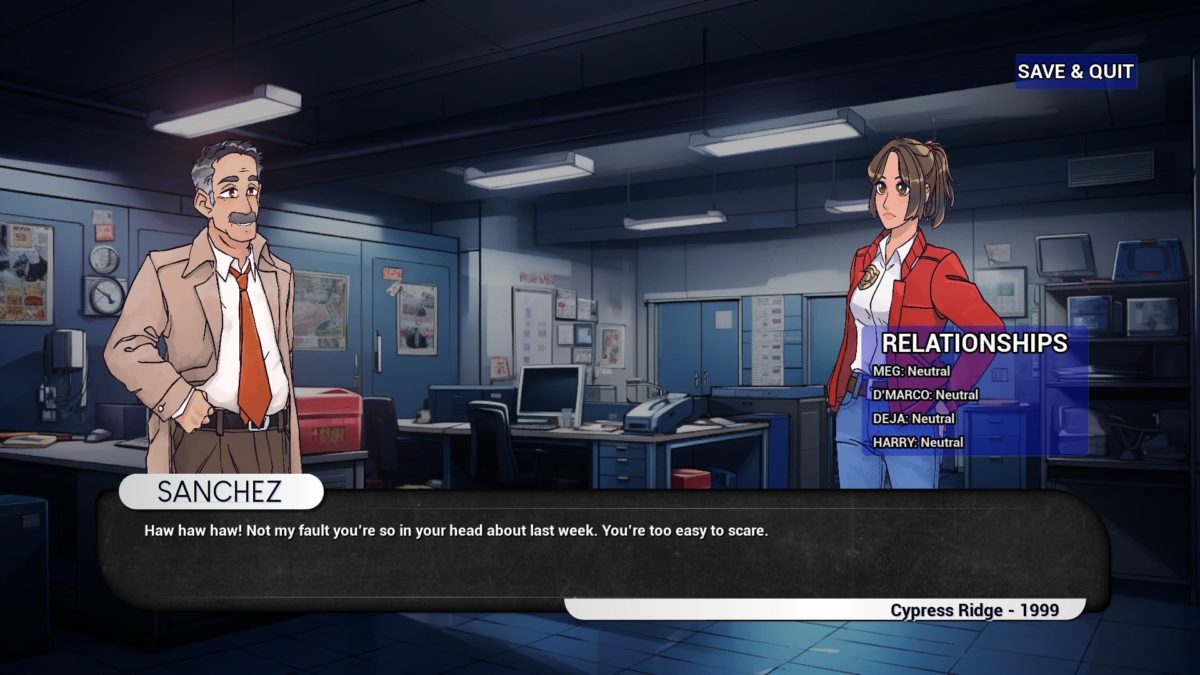
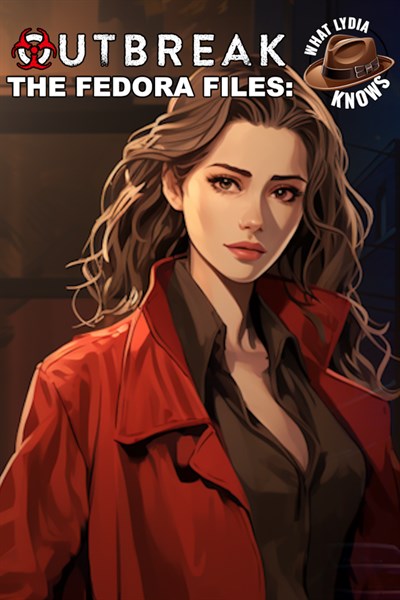
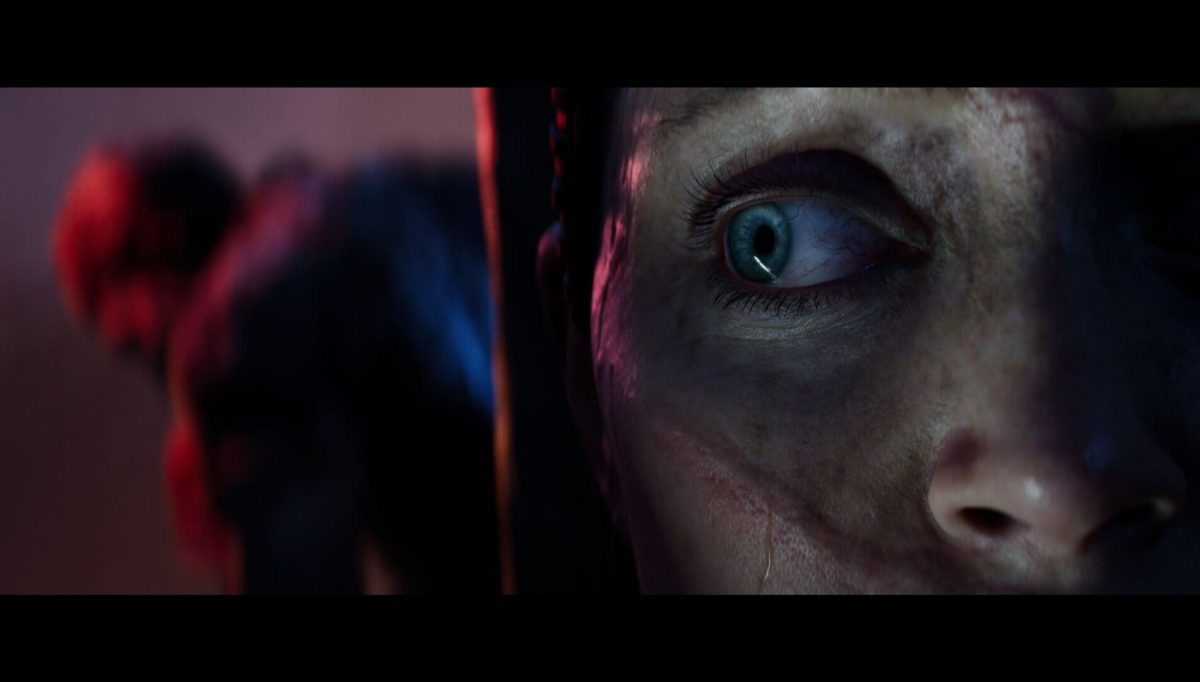
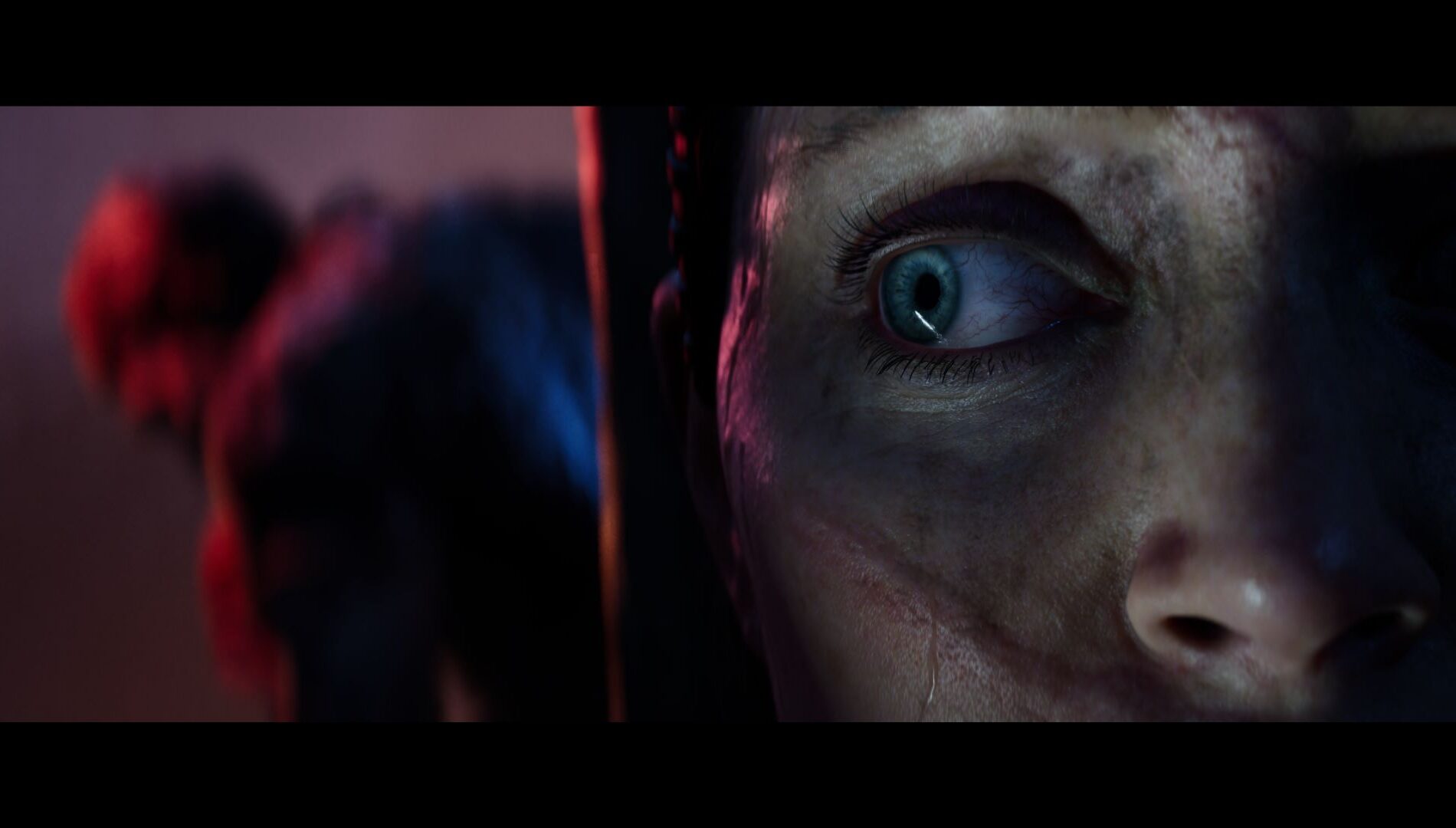
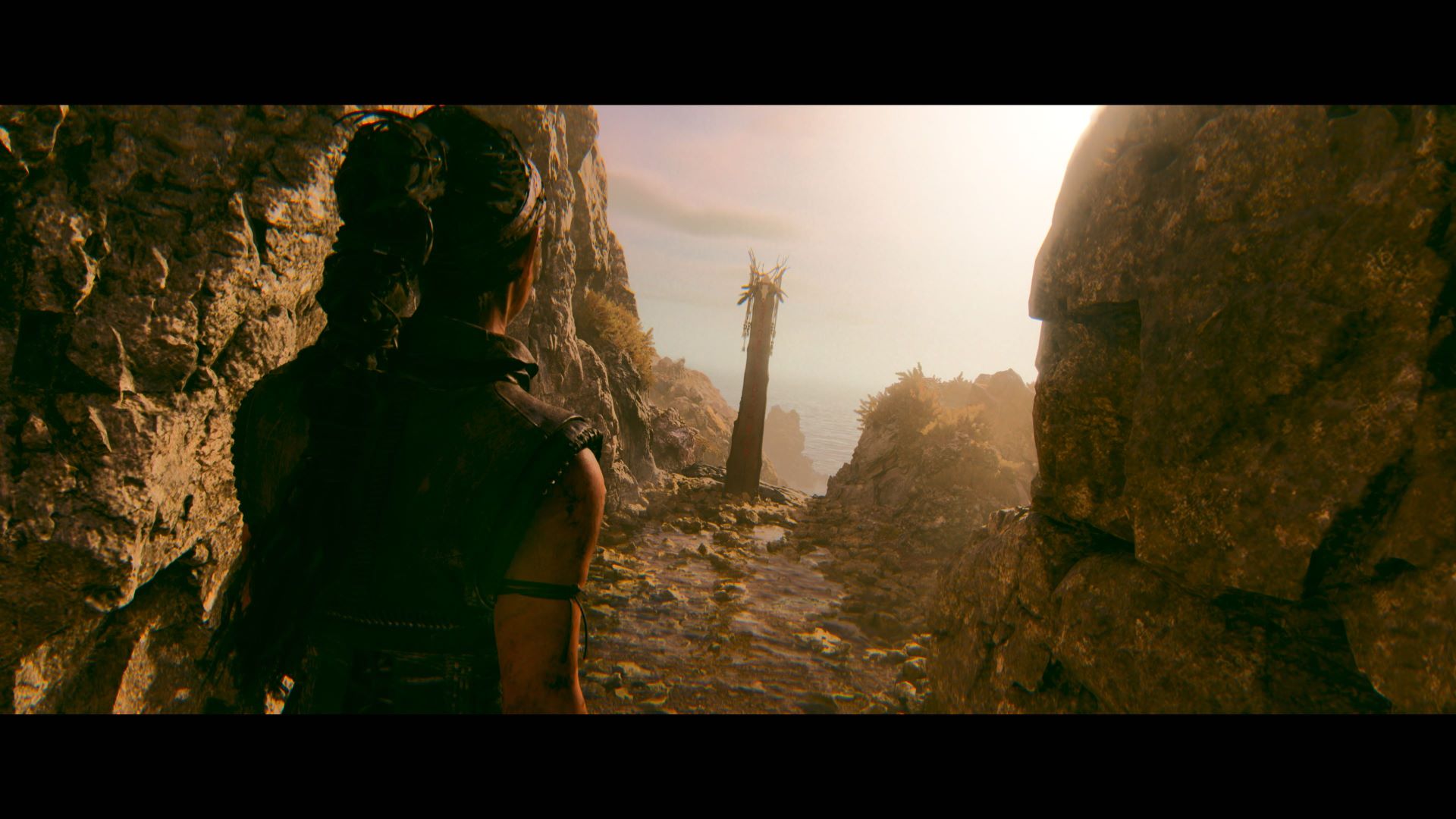
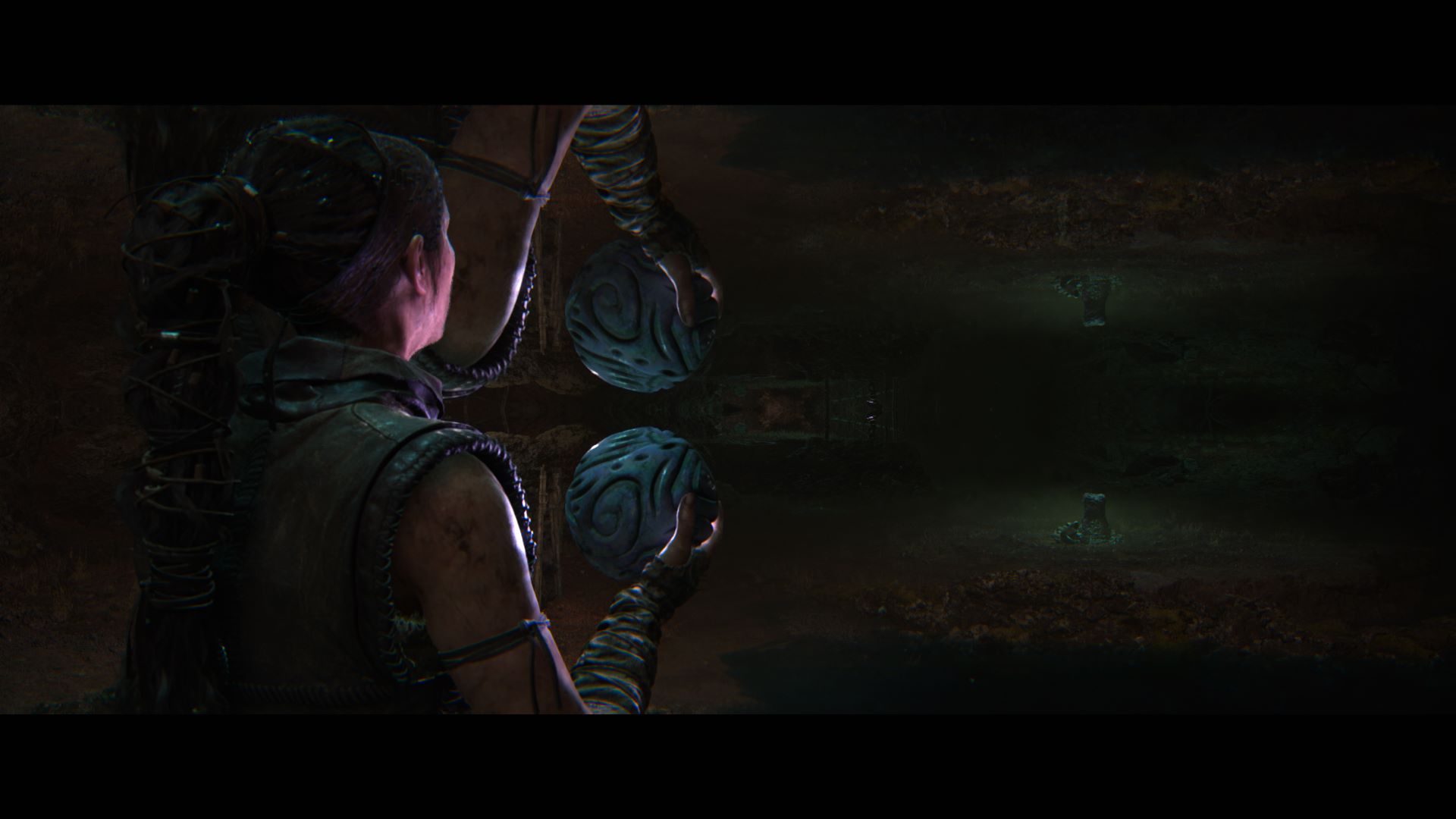
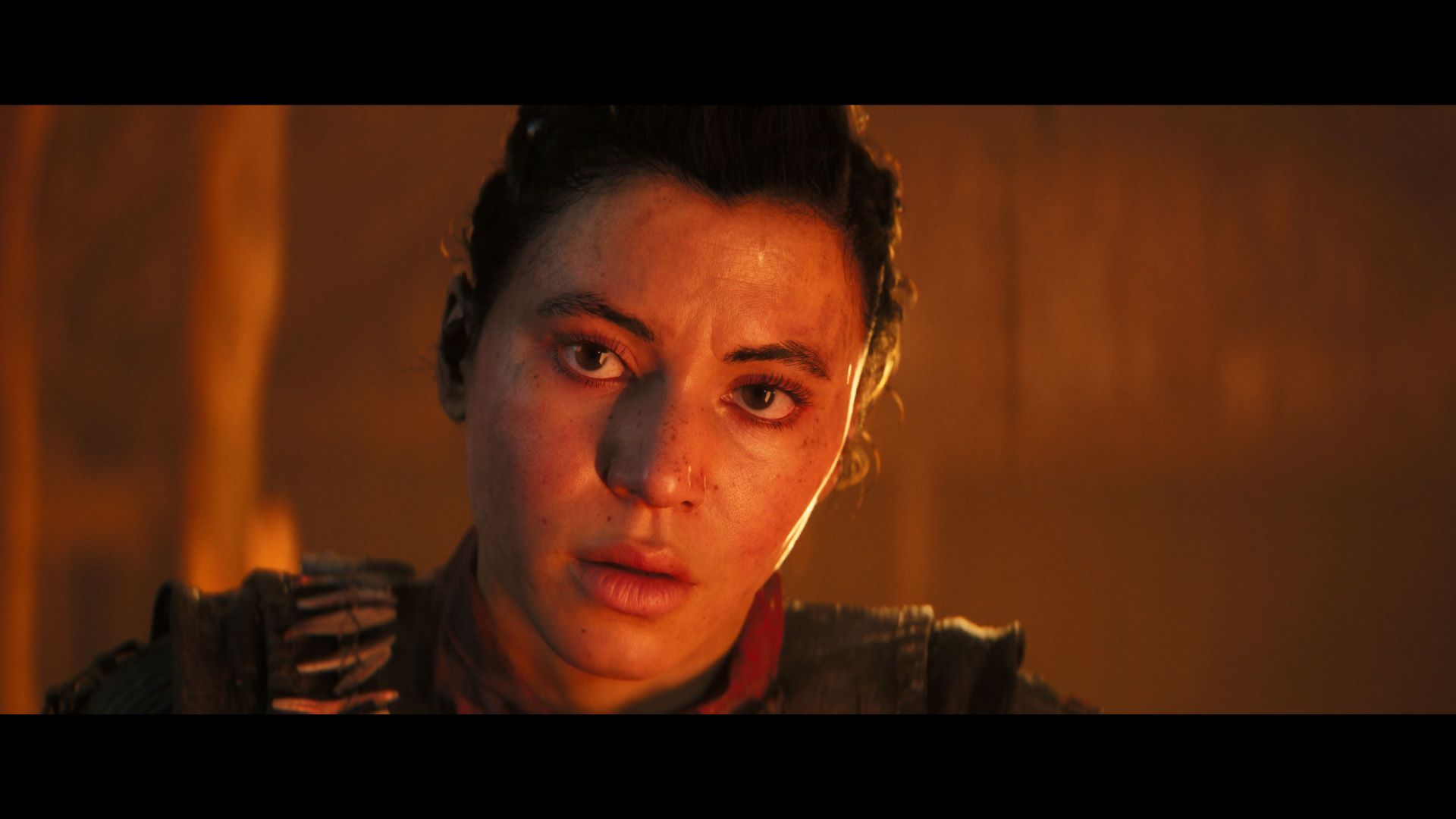
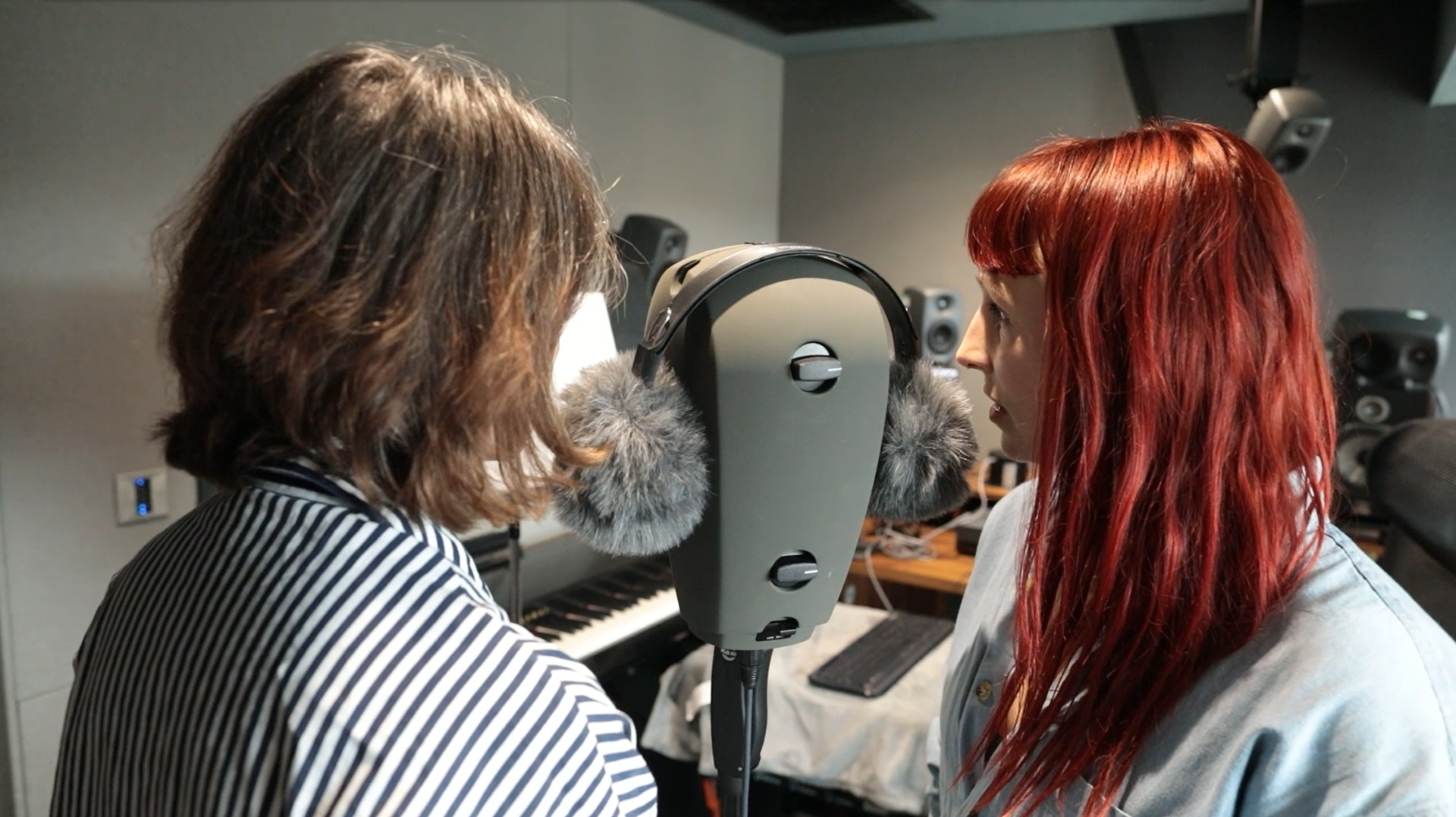


 Draft Token – Now to June 14
Draft Token – Now to June 14